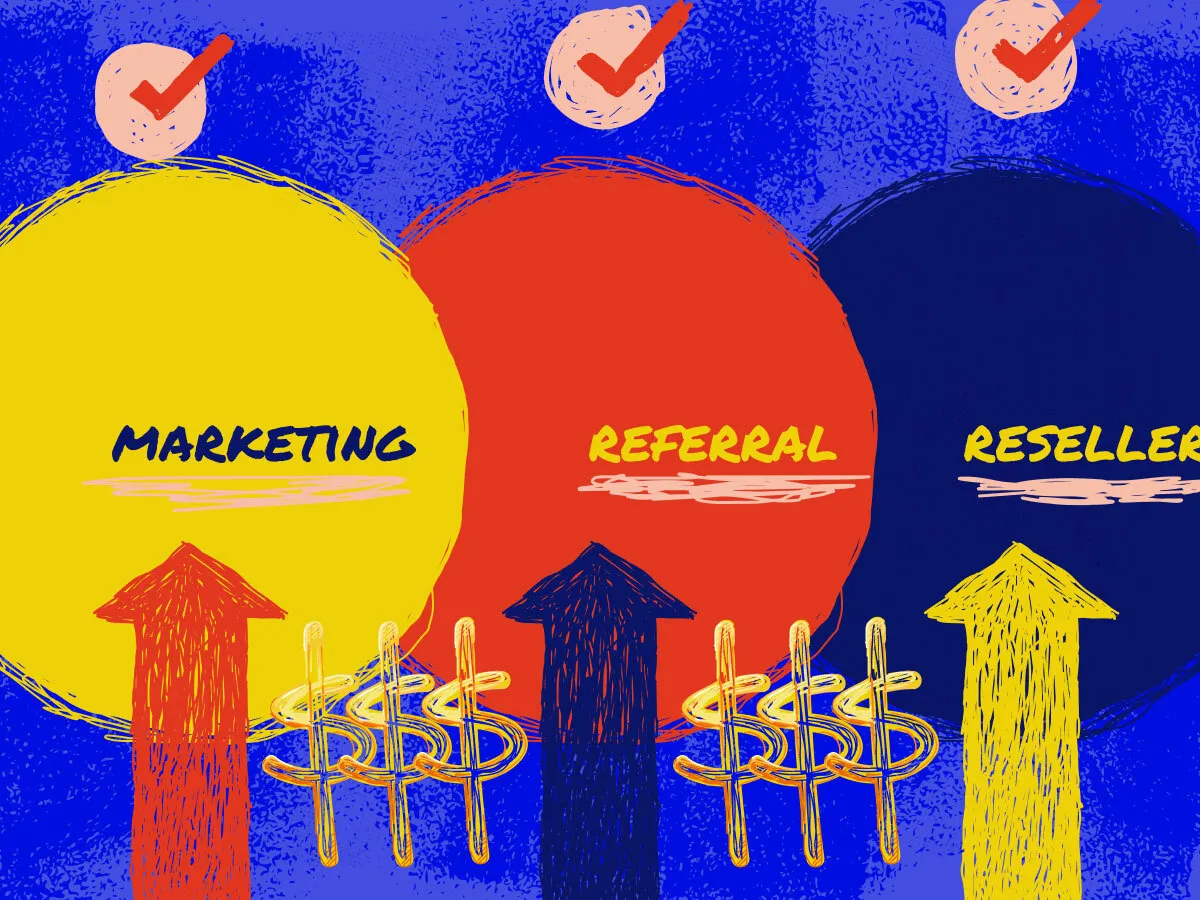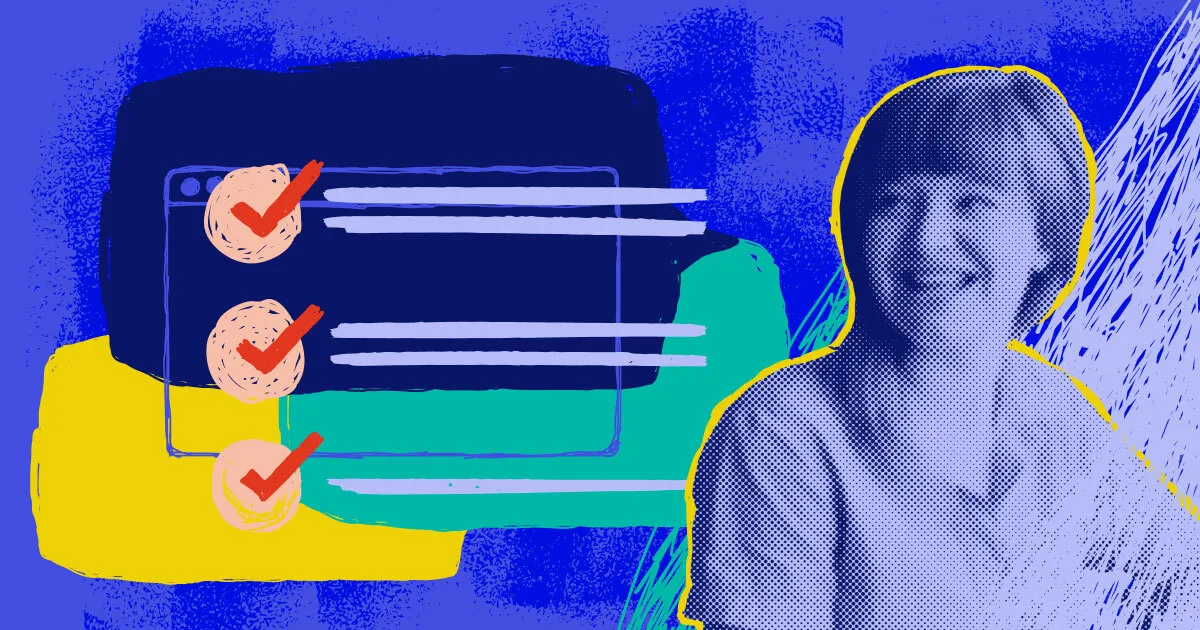Launching a successful partner program takes buy-in from the team, and you'll need to build a game plan to win the trust you need from your company. Without buy-in from your sales, marketing, and leadership teams, you will struggle to get your program off the ground. Support from these teams becomes even more crucial after launch, so winning trust early on lays the foundation for receiving the resources you need as you scale.
This will require you to plan ahead and come prepared to address their questions and concerns. This guide covers the most important steps in planning your partner program and creating a compelling pitch for your entire company.
You’ll learn how to:
- Find existing demand from partners
- Align your partner plan to business metrics
- Help your whole company see the value of a partner program
- Prepare to answer questions and objections
Find existing demand from partners
One of the best ways to prove the potential of your partner program is to find out if partners already wish you had a program. Two of the most challenging parts of launching a partner program are acquiring your first partners and identifying which type of partners to work with; identifying existing demand from partners can provide immediate solutions to both challenges.
When Unbounce was exploring launching a partner program of its own, they first analyzed their history of support tickets to identify any requests for a partner program. They found over 300 requests for a partner program coming from a mix of agencies, solo consultants, and affiliate marketers, split down the middle between customers and non-customers. That research helped Unbounce identify which partners to focus on first, launching a program that today drives 25% of its new user acquisition.
If you want to take advantage of a partner program but don’t have enough internal data available, it’s worth doing some competitive research. Look into the programs your competitors run and the types of partners they work with. Focus on companies that have established programs, running for at least two years. Compare the incentives they offer and how they’ve scaled and developed their program. This will give you insight into the different metrics and KPIs your program should focus on.
Tie your partner program plans to business metrics
As you explore existing demand from partners, you’ll want to stay aware of the three types of partner programs you can run:
- Marketing partner programs that bring in qualified traffic from affiliate marketers and content creators that promote your product to their audiences
- Referral partner programs that drive qualified leads from consultant and customer referrals for your sales teams to convert into customers
- Reseller partner programs where partners like agencies and resellers sell your product directly, and often manage the entire customer experience
All of these programs can drive revenue for SaaS companies, and many companies that start with one type of partner program — such as a customer referral or affiliate marketing program — often build on their success to launch other types of programs.
When picking which type of partner program to start with, you’ll need to consider:
- The types of partners showing demand for your program
- The business metrics you want to drive improvement in
- How you’ll incentivize and reward your partners
One of the reasons Unbounce chose to start with a marketing partner program was that they knew they were already great at converting free users to paying customers. As Anca Bujor, Unbounce’s Channel Partnerships Manager, put it: “Our most important KPI by far is New Trial Starts. Over half of the people that try out Unbounce as free users end up converting to paid users — an exceptional rate for any SaaS company.” What Unbounce needed in this situation was to grow their audience of qualified traffic to convert. A marketing partner program was the perfect fit.
Rather than offer a flat commission to partners, Unbounce chose to reward partners with 20% of the lifetime revenue from every customer they refer, which encourages partners to stay engaged with the program and drive more qualified traffic to Unbounce to convert to paying customers.
But those are just the choices that made sense for Unbounce, based on their unique circumstances and goals. You’ll need to make choices that are right for you — and for the teams that you work with.
Related: How partner networks accelerate your program's success.

Help your whole company see the value of a partner program
A strong marketing and sales foundation is essential to partner success. Yet internal marketing and sales teams often don’t understand why their companies would need a partner program in addition to their own internal efforts, and might even feel threatened by the idea.
The truth is that an effective partner program actually supports your internal marketing and sales teams by expanding their reach, connecting them with customers your business would otherwise never have access to. But this can only happen when you have a solid marketing and sales foundation to build your program, because an effective partner program can’t exist without marketing and sales resources to enable the partners within it.
To help your whole company see the value of partnerships and get the resources you need to launch your program, you’ll need to:
Figure out how your partner plan will impact other teams. What new content might marketing need to create? How will sales need to change their approach? What new kinds of questions should your support team prepare for? And what will those teams get in return for supporting your program? The answers to these questions depend entirely on the type of partner program you decide to launch, but you’ll need to communicate clearly what you need from other teams and how your program will support their goals.
Identify allies in each team who can vouch for your ideas. As you discuss your partner program plan with teammates, pay close attention to those who seem most curious or excited about the idea within each of the teams you need to work with. These are perfect candidates to both give feedback on your plan and help you win support from other teams.
Share how you’ll measure the performance of your program. Beyond the core metric your program is meant to drive (e.g. Unbounce’s New Trial Starts), consider highlighting how you’ll track other metrics like:
- Rate of partner acquisition
- Audience reach of program
- Average customer value/deal size
- Revenue driven by program
- Conversion and retention rates for partner-attributed customers
- Incrementality (how advertising contributes to conversion rates)
You’ll also need to think about how you track all of the above, and the tools other teams can use to get involved. If other teams feel left in the dark, they won’t know why they should care about the program or how to support it — and the success of the program suffers.
When discussing the success of Unbounce’s program, Anca told us: “One of the biggest risks is running partnerships like any other paid channel, seeing it as just a series of inputs and outputs. What really accelerated the growth of the program was when we better communicated internally how meaningful the relationships with the partners are. I love that now, other teams in the company feel like they own KPIs connected to partnerships. PartnerStack has helped make this possible.”
While PartnerStack is built to be used by every member of your team and track the success of every partner in any program, not every partner relationship management (PRM) platform is built for B2B. When reviewing the different types of partner management software, watch out for tools that are only built for one type of partner program, or those that lack important features (like handling partner payouts) which could create roadblocks for yourself or other teams.
Prepare to answer questions and objections about your parter program
Regardless of how well prepared you are, others in your company are bound to have questions and concerns about opening up their marketing and sales channels to include partners outside the company.
Here are some of the most common questions partnerships managers get from their colleagues about launching new partner programs:
See more: Quiz: how much do you really know about partnership programs?

“Won’t working with partners cannibalize our other channels?”
Partners expand your reach into audiences that you wouldn’t be able to target through your internal marketing and sales channels. Those could be smaller, more niche markets than you usually focus on; or they could be prospects that end up making their decision based on a partner recommendation before they ever interact with your team. In any case, those prospects aren’t coming through your typical marketing and sales channels, so the risk of cannibalization is low.
“How can we make sure that partners respect our brand?”
When partners create their own assets or go “off-brand”, it’s usually because they couldn’t find the right assets to fit their use case. Making it easy for partners to find branded assets — like imagery and messaging examples — is the best way to make sure they stay on-brand.
Make sure your application process outlines any rules about what partners can use when marketing your product, and that partners know how to get in touch if they want to submit something to you for review. You can reinforce how to use these assets through your partner onboarding and training.
“How do we prevent partners from using shady tactics like posting on coupon sites, or competing with us on pay-per-click?”
It starts with clear communication with what is and isn’t allowed. For better or worse, many partners will assume that if something isn’t explicitly forbidden, it’s fair game. In order to filter out partners that rely on these tactics, you can make clear what is and isn’t allowed in your application process.
You’ll likely still run into a few partners who bend or break the rules as your program scales in size. Using partner management software that automatically detects fraudulent transactions and lets you deactivate links and partners quickly can help resolve these situations before they cause real problems.
“What if partners drive poor quality leads or referrals that churn?”
This can be tackled through how you structure your program and incentivize partners.
If your partners are driving customers that pay on a monthly basis, paying partners a percentage of the monthly revenue instead of a large upfront payment can ensure partner referrals are always profitable while motivating your partners to focus on best-fit leads and deals.
If you’re working with annual deals, the churn rates don’t matter all that much in terms of revenue impact, and you have a longer period of time to nurture partner referrals into finding value in your product.
Communication is the key to success
The common factor in all of this is that consistent, open communication — with your coworkers and with your partners — is necessary for any partner channel’s long-term success.
Taking the time to compile evidence around how partnerships can drive value for the business and openly addressing team’s concerns around branding and cannibalization will win their trust and support in pursuing your goals.
Setting clear expectations with partners around how to market and position your product will better equip them to reach the right audience, while representing your brand consistently and with integrity.
Even if you’re a solo partnerships manager, remember that you’re not alone. People who work in partnerships are typically happy to share their insight, so reach out to other partnerships professionals and ask about their experiences.
And if you’re not sure where to start, we’re here to help you kick things off.

















